Myths about teaching can hold you back
- Year 5
Estimate acute and obtuse angles using the standard unit of degrees
I can estimate acute and obtuse angles using the standard unit of degrees.
- Year 5
Estimate acute and obtuse angles using the standard unit of degrees
I can estimate acute and obtuse angles using the standard unit of degrees.
These resources were made for remote use during the pandemic, not classroom teaching.
Switch to our new teaching resources now - designed by teachers and leading subject experts, and tested in classrooms.
Lesson details
Key learning points
- You can estimate angles by comparing to a right angle of 90 degrees.
- Half a right angle is 45 degrees.
- One and a half right angles are 135 degrees.
Keywords
Estimate - To estimate is to find a value that is close enough to the right answer, usually with some thought or calculation involved.
Degree - A degree is a unit of measure for angles.
Common misconception
Pupils significantly over or under-estimate the size of angles, particularly when the initial line of the angle is not vertical or horizontal.
Encourage pupils to rotate the angle so that one of the lines is vertical or horizontal, or if possible, look at the angle from a different point of view which may help to view a line of the angle from a vertical or horizontal position.
To help you plan your year 5 maths lesson on: Estimate acute and obtuse angles using the standard unit of degrees, download all teaching resources for free and adapt to suit your pupils' needs...
To help you plan your year 5 maths lesson on: Estimate acute and obtuse angles using the standard unit of degrees, download all teaching resources for free and adapt to suit your pupils' needs.
The starter quiz will activate and check your pupils' prior knowledge, with versions available both with and without answers in PDF format.
We use learning cycles to break down learning into key concepts or ideas linked to the learning outcome. Each learning cycle features explanations with checks for understanding and practice tasks with feedback. All of this is found in our slide decks, ready for you to download and edit. The practice tasks are also available as printable worksheets and some lessons have additional materials with extra material you might need for teaching the lesson.
The assessment exit quiz will test your pupils' understanding of the key learning points.
Our video is a tool for planning, showing how other teachers might teach the lesson, offering helpful tips, modelled explanations and inspiration for your own delivery in the classroom. Plus, you can set it as homework or revision for pupils and keep their learning on track by sharing an online pupil version of this lesson.
Explore more key stage 2 maths lessons from the Angles: compare, name, estimate and measure angles unit, dive into the full primary maths curriculum, or learn more about lesson planning.

Licence
Prior knowledge starter quiz
6 Questions
Q1.This is an example of an acute angle. Which of these is the definition of an acute angle?
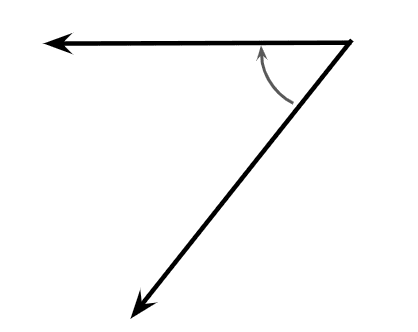
Q2.Look at the hands on this clock face and the arrow. How does the angle created by the hands compare to a right angle?
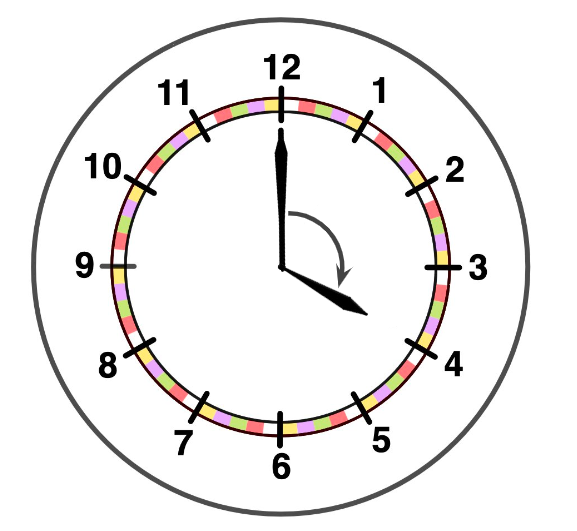
Q3.Look at the hands on this clock face and the arrow. The angle formed is __________.
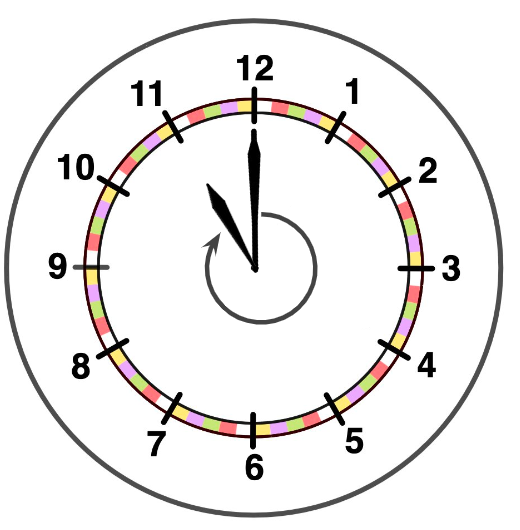
Q4.This is a triangle. Look carefully at the vertices and the angles inside the shape. Complete the sentence. There are acute angles in the triangle.
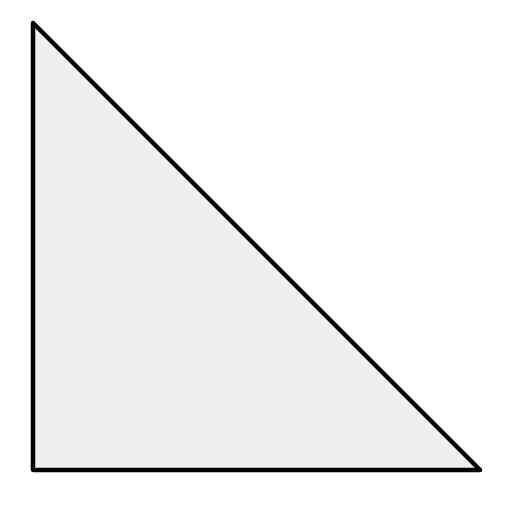
Q5.This is a hexagon. Look carefully at the vertices and the angles inside the shape. Complete the sentence. There are obtuse angles in the hexagon.
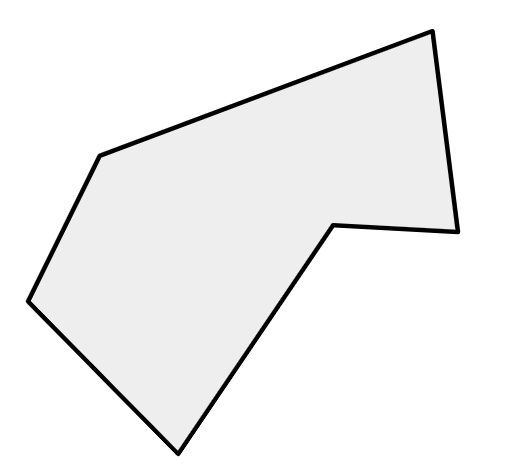
Q6.Complete the sentence. This is an example of an angle.
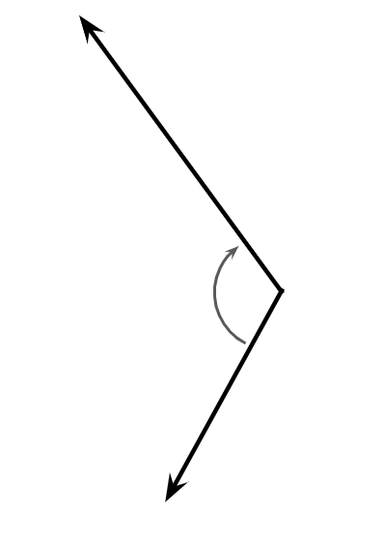
Assessment exit quiz
6 Questions
Q1.What type of angle is shown here?
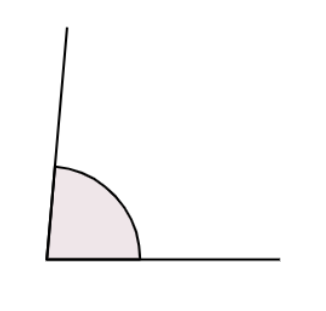
Q2.Which of these is the best estimate for the angle shown?

Q3.Which of these is the best estimate for the angle shown?
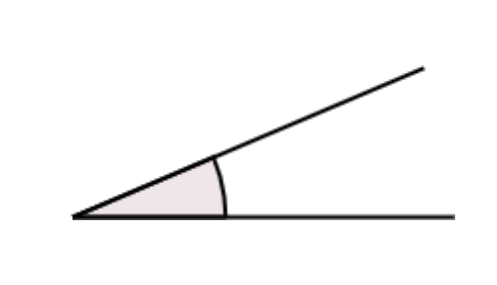
Q4.This is a triangle. Which of these is a good estimate for the angle of the circled vertex?
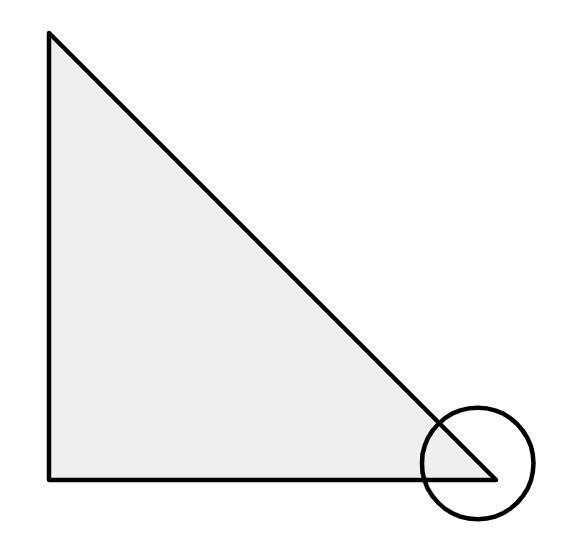
Q5.This is a hexagon. Which of these is a good estimate for the angle of the circled vertex?
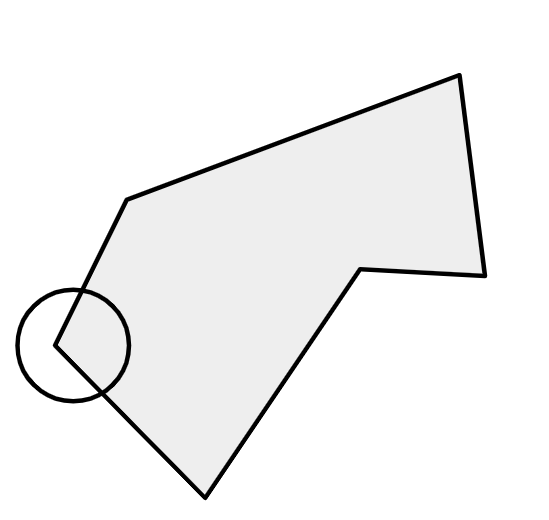
Q6.This is a hexagon. Which of these is a good estimate for the angle of the circled vertex?



